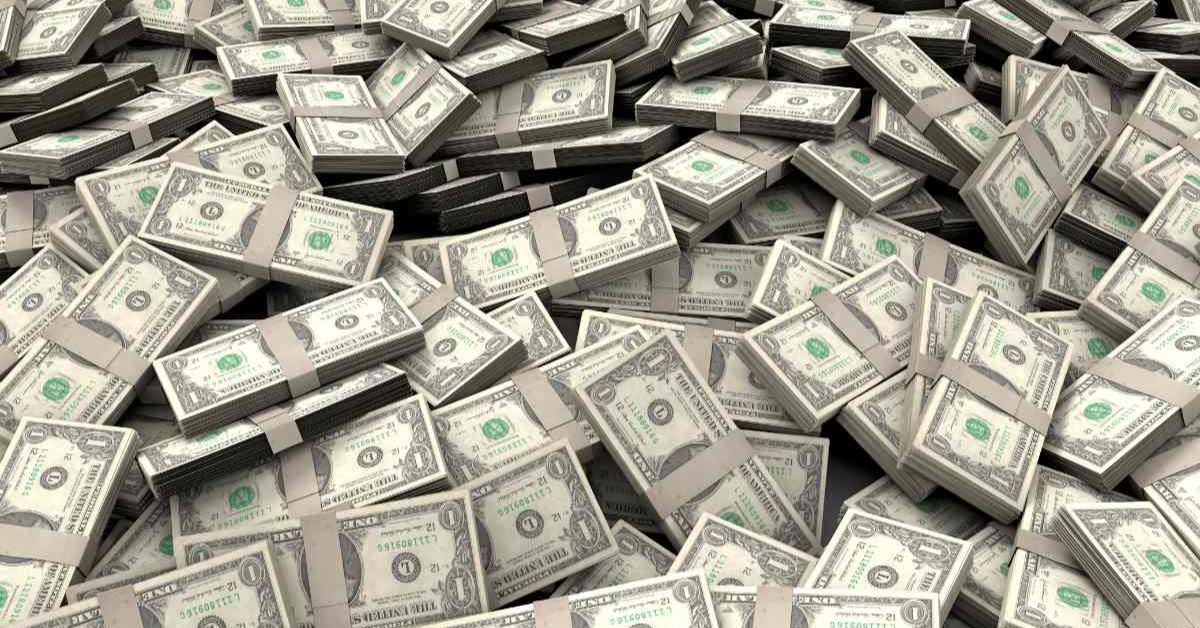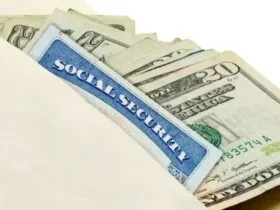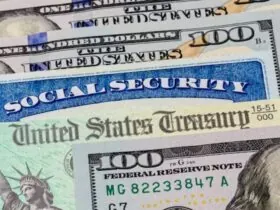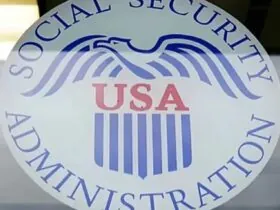In a bid to enhance the security of the U.S. monetary system, the Bureau of Engraving, the Secret Service, and the Advanced Counterfeit Deterrence (ACD) Steering Committee have announced a significant initiative. Starting in October 2024, U.S. stores, businesses, banks, and ATMs will be required to cease accepting certain categories of dollar bills—specifically, those classified as “mutilated.” This initiative aims to streamline currency circulation and reduce the risk of counterfeiting.
Understanding Mutilated Currency
This Article Includes [hide]
Mutilated currency refers to banknotes that have been damaged to the extent that they are difficult to identify or validate. Common causes of mutilation include exposure to fire, excessive handling, and deterioration from improper storage conditions, such as burying. The Federal Reserve defines mutilated notes as those that exhibit signs of cuts, discoloration, or any other visible damage.
Currently, the U.S. Federal Reserve issues dollar bills in seven denominations: $1, $2, $5, $10, $20, $50, and $100. Although higher denominations like the $500, $1,000, and $10,000 bills are no longer produced, they still circulate under specific conditions. If these notes fall into the mutilated category, they can also be rejected under the new guidelines.
What to Do with Mutilated Banknotes
If you find yourself in possession of mutilated currency, you must contact the Bureau of Engraving and Printing (BEP) to address the issue. The process involves filing a mutilated currency claim, which the BEP has outlined in a step-by-step guide. Once a claim is submitted, the BEP will evaluate the note using specialized tools to confirm its authenticity and determine its full value. If deemed valid, the BEP will issue a check to the individual for the note’s assessed value.
Upcoming Currency Redesigns
In conjunction with the enforcement of this new initiative, the Federal Reserve plans to introduce redesigned versions of several currency denominations. The timeline for these new designs is as follows:
- $50 Bill: 2028
- $20 Bill: 2030
- $5 Bill: Between 2032 and 2035
- $100 Bill: Between 2034 and 2038
These redesigns are intended to incorporate advanced security features to help combat counterfeiting and enhance the overall integrity of U.S. currency.
How to Identify Counterfeit Banknotes
According to experts from El Cronista, To protect yourself from counterfeit currency, it is crucial to know how to identify genuine U.S. dollar bills. Here are some key security features to look out for:
- Light-Resistant Security Thread: This thread should be embedded within the bill and is often inscribed with the word “USA.”
- 3D Security Strip: This feature changes appearance when the bill is tilted.
- Color-Shifting Ink: The ink in the lower right corner should change color when viewed from different angles.
- Watermark: Genuine bills will display a watermark when held up to the light, matching the portrait on the bill.
- Microprints: Tiny text that can be found around the bill, which is difficult to replicate.
- Embossed Printing: Authentic bills have textured areas that can be felt when touched.
Conclusion
The recent initiative to stop accepting mutilated dollar bills signifies a proactive approach to strengthening the U.S. monetary system. By understanding what constitutes mutilated currency, how to address it, and recognizing the security features of genuine bills, consumers can help safeguard themselves against financial loss and contribute to a more secure economy. As the Federal Reserve rolls out new designs, these measures will play a crucial role in maintaining the integrity of the nation’s currency.







Leave a Reply